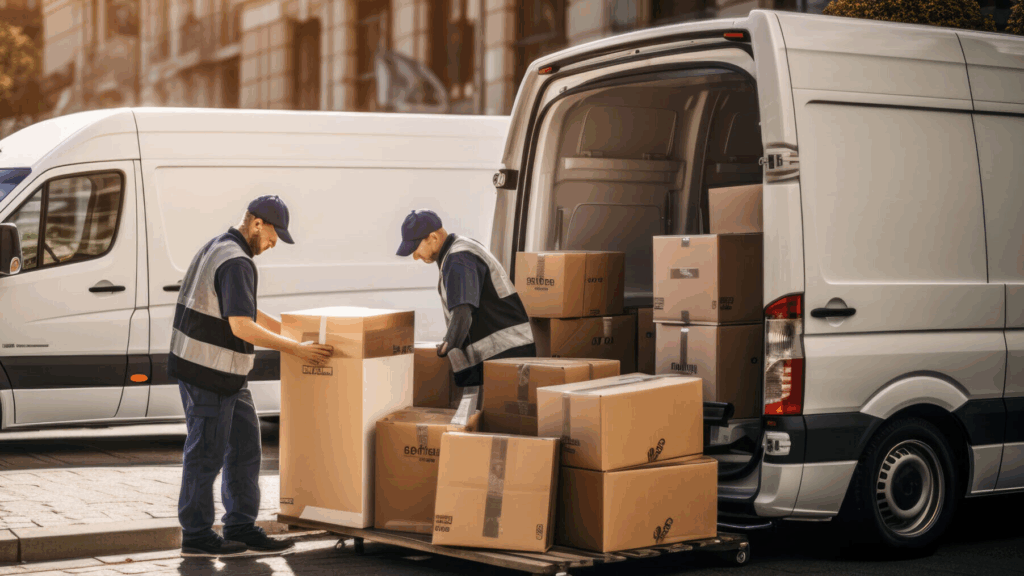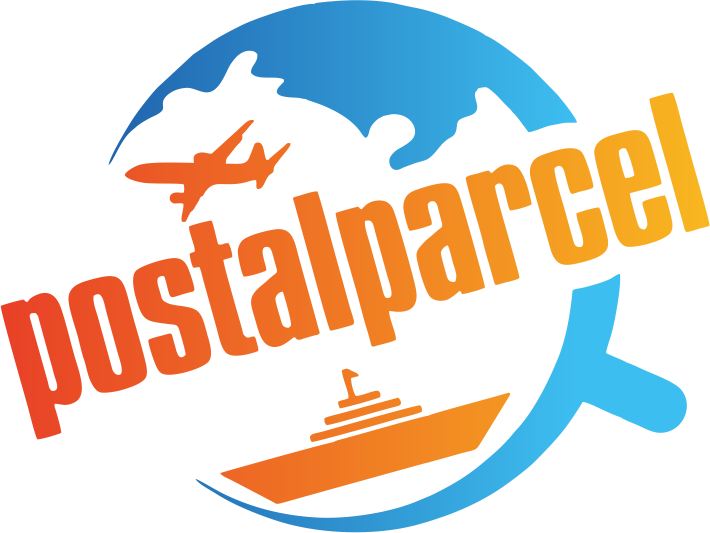From Warehouse to Doorstep: How Global Tracking Platforms Revolutionize Cross-Border Shipping
Global Tracking Platforms are changing the way businesses and consumers experience cross-border shipping. The old image of waiting weeks for a parcel with no clear updates is fading fast. Today, platforms like PostalParcel show how data-driven tools create visibility, speed, and trust from the moment an order leaves the warehouse until it reaches the customer’s doorstep. This article explores why global tracking matters, how it works, and the many ways it reshapes international trade.

The Rising Importance of Global Tracking
Meeting Modern Consumer Expectations
Shoppers who order from overseas expect more than low prices and wide product ranges. They want to know where their package is at every step. Global Tracking Platforms meet this need by offering real-time updates, delivery timelines, and clear alerts. The result is fewer doubts and greater confidence when buying across borders.
The Impact on Cross-Border Shipping
International logistics involves multiple carriers, customs checkpoints, and diverse routes. Without a unified tracking system, customers feel left in the dark. Platforms simplify this complexity by connecting all parties under one digital roof. They reduce inquiries to customer service teams and make global shopping more reliable.
How Global Tracking Platforms Work
Data Collection Across Carriers
When a package leaves the warehouse, its journey might include local couriers, airlines, customs agencies, and regional delivery firms. Global Tracking Platforms gather scans and GPS signals and hand over data from each participant. This information is standardized into a single timeline that customers and businesses can view.
Real-Time Visibility
Instead of static updates like “in transit,” modern platforms provide live tracking with location stamps, estimated arrival times, and even weather-adjusted predictions. This level of transparency empowers businesses to manage supply chains and customers to plan around deliveries.
Integration With E-commerce Systems
Global Tracking Platforms are often connected directly to online stores. At checkout, buyers receive automatic links or branded tracking pages. Companies like PostalParcel turn a routine shipping update into a marketing opportunity, displaying promotions, support links, and personalized recommendations alongside tracking details.
Key Benefits for Businesses

Reduced Customer Service Workload
When buyers can track their orders independently, they no longer flood support teams with “Where is my order?” emails. This saves time and money, allowing staff to focus on higher-value tasks.
Improved Brand Reputation
A smooth tracking experience reflects positively on the seller. Fast updates and accurate delivery windows create trust. In cross-border commerce, where uncertainty has been common, this competitive advantage is powerful.
Optimized Logistics Planning
Businesses gain insight into delays, bottlenecks, and performance across carriers. By analyzing tracking data, they can choose more reliable partners, negotiate better rates, and optimize delivery routes.
Advantages for Consumers
Confidence in International Purchases
Many shoppers hesitate to order from overseas due to shipping concerns. Tracking platforms eliminate this fear by offering complete visibility. From customs clearance to local courier delivery, customers can follow each milestone.
Predictable Delivery Times
Uncertainty about arrival dates is one of the biggest frustrations in cross-border shopping. Real-time tracking creates clear delivery expectations, helping consumers prepare to receive their packages.
Personalized Delivery Experience

Some platforms allow buyers to reschedule deliveries, choose pickup points, or receive SMS/email alerts. These features make international shopping as seamless as local purchases.
Global Tracking and E-commerce Growth
Driving Cross-Border Trade
The rise of e-commerce has made borders less relevant. Shoppers can access products from anywhere, but logistics remain a challenge. By bridging gaps between carriers, Global Tracking Platforms accelerate the adoption of cross-border shopping.
Supporting Small and Medium Businesses
In the past, only large corporations could afford advanced logistics systems. Today, even small sellers can integrate platforms like PostalParcel to offer global tracking. This levels the playing field and allows smaller businesses to compete internationally.
Technology Behind the Transformation
API and Cloud Integration
Modern tracking platforms rely on APIs to collect and share data between carriers and e-commerce systems. Cloud infrastructure ensures scalability, so updates are delivered quickly even during peak seasons.
Artificial Intelligence in Predictions

AI analyzes patterns across millions of shipments to refine delivery estimates. It accounts for customs delays, weather disruptions, and seasonal peaks. The result is more accurate timelines than traditional manual estimates.
Mobile-Friendly Access
Customers increasingly check order status on smartphones. Platforms are optimized for mobile, ensuring that tracking links load quickly and display clearly on any device.
Challenges in Cross-Border Tracking
Carrier Compatibility
Not all logistics providers share data in the same format. Integrating global carriers into a single system requires constant updates and technical adjustments.
Customs and Regulatory Differences
Every country has unique customs rules. Tracking platforms must adapt to these systems to provide accurate updates. While technology helps, delays can still occur due to manual inspections.
Data Security
Handling millions of shipment records involves sensitive information. Platforms need strong security protocols to protect buyer details and maintain trust.
The Role of PostalParcel in Cross-Border Logistics

PostalParcel demonstrates how a unified tracking system enhances both customer and business outcomes. By offering branded tracking pages, predictive delivery times, and multi-carrier visibility, it creates a seamless bridge between warehouse operations and doorstep delivery. Sellers can scale internationally without losing control over logistics, while buyers enjoy transparency and convenience. In addition, the platform provides valuable data insights that help businesses analyze carrier performance, identify weak points in delivery chains, and continuously improve shipping efficiency. This combination of visibility, scalability, and actionable intelligence positions PostalParcel as a reliable partner for companies seeking to expand their global reach.
Looking Ahead: The Future of Global Tracking
Cross-border shipping will continue to expand as e-commerce grows. Platforms are expected to integrate even more deeply with payment systems, warehouse management, and last-mile delivery solutions. Drone delivery, autonomous vehicles, and blockchain-based supply chains may soon become part of tracking updates.
As competition in global trade increases, businesses that invest in robust tracking systems will stand out. Customers no longer accept vague timelines. They demand precision, visibility, and convenience—and platforms like PostalParcel are making this possible.
Conclusion
Global Tracking Platforms are more than tools for checking parcels. They are the foundation of modern cross-border logistics. From warehouse to doorstep, they create transparency, reduce risks, and open new markets for sellers worldwide. Companies that adopt solutions like PostalParcel gain efficiency, credibility, and loyal customers who trust every step of their delivery journey.
Industry Insights
news via inbox
Nulla turp dis cursus. Integer liberos euismod pretium faucibua








